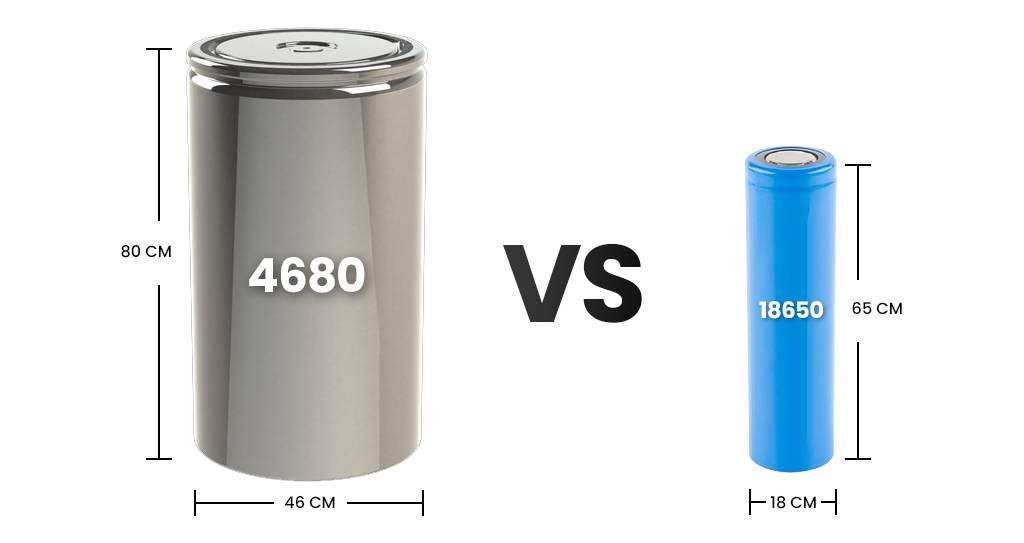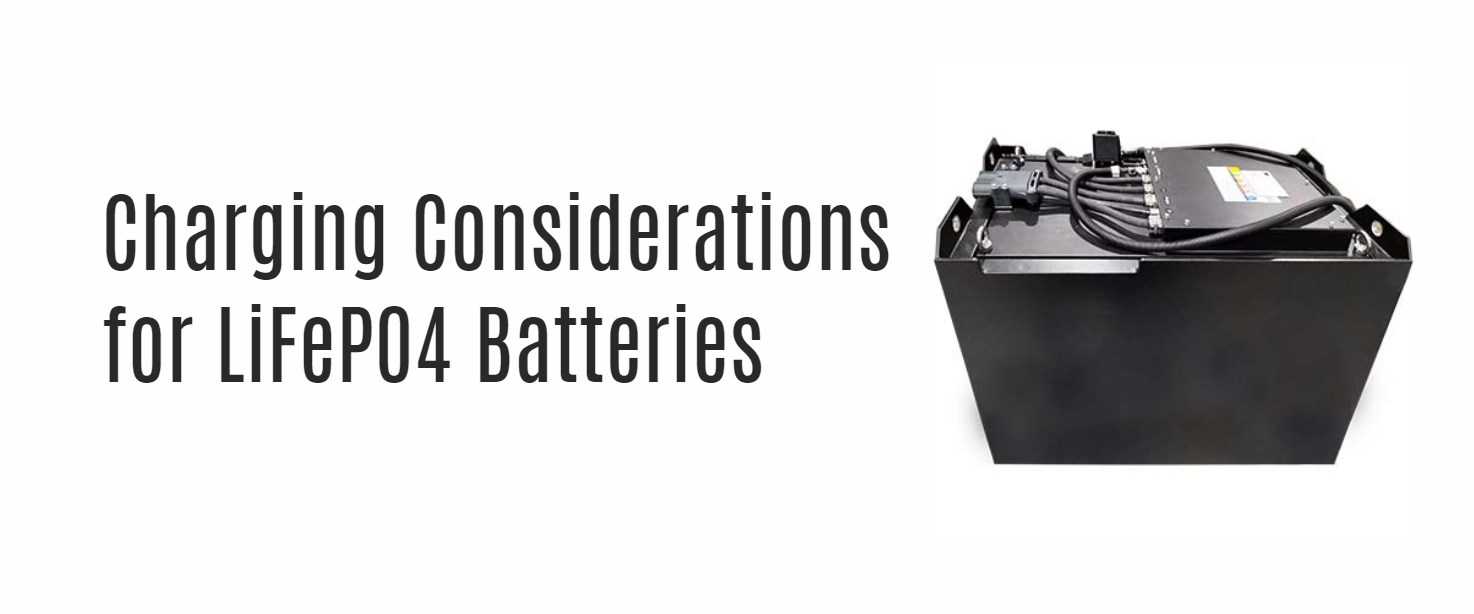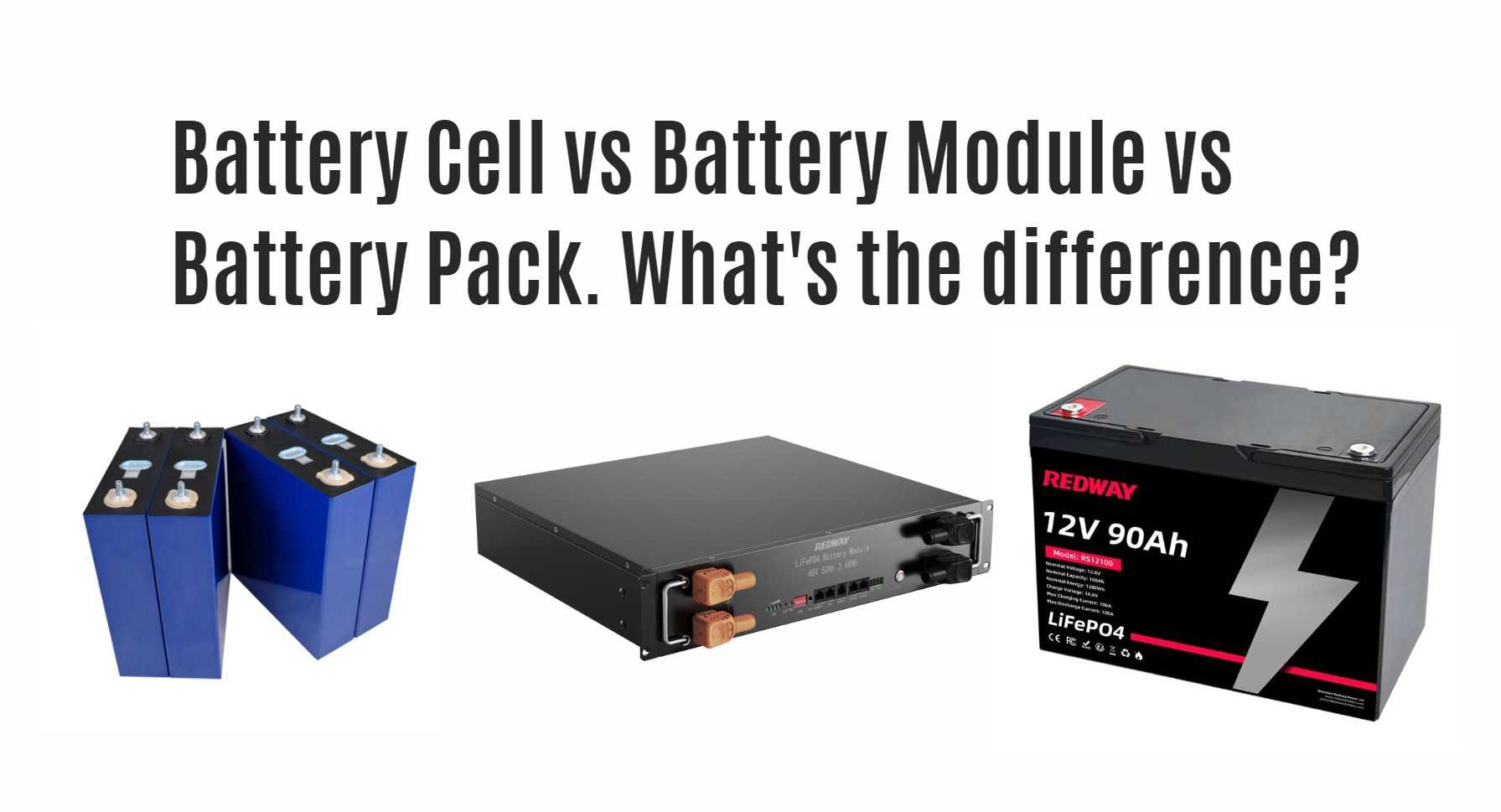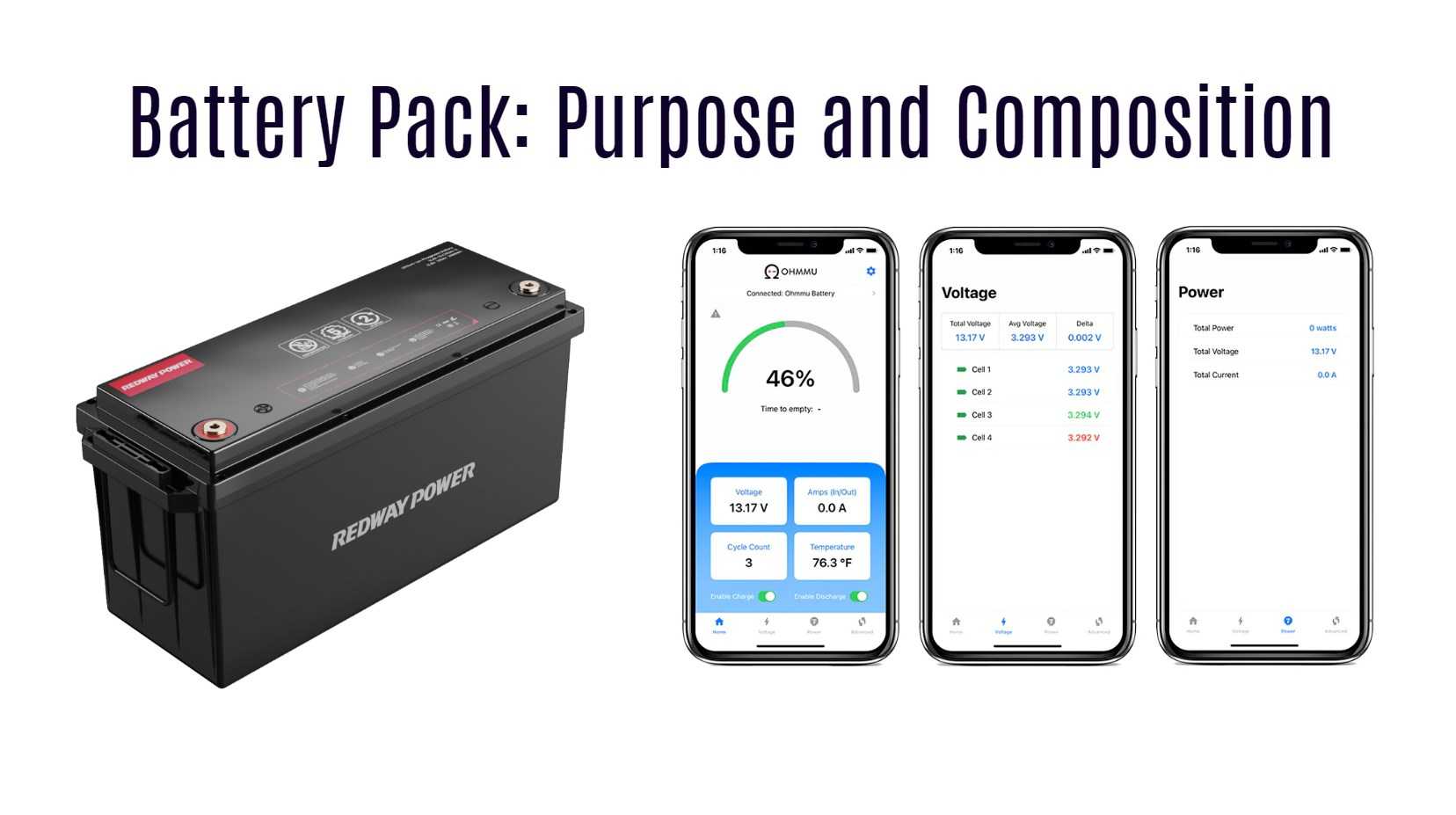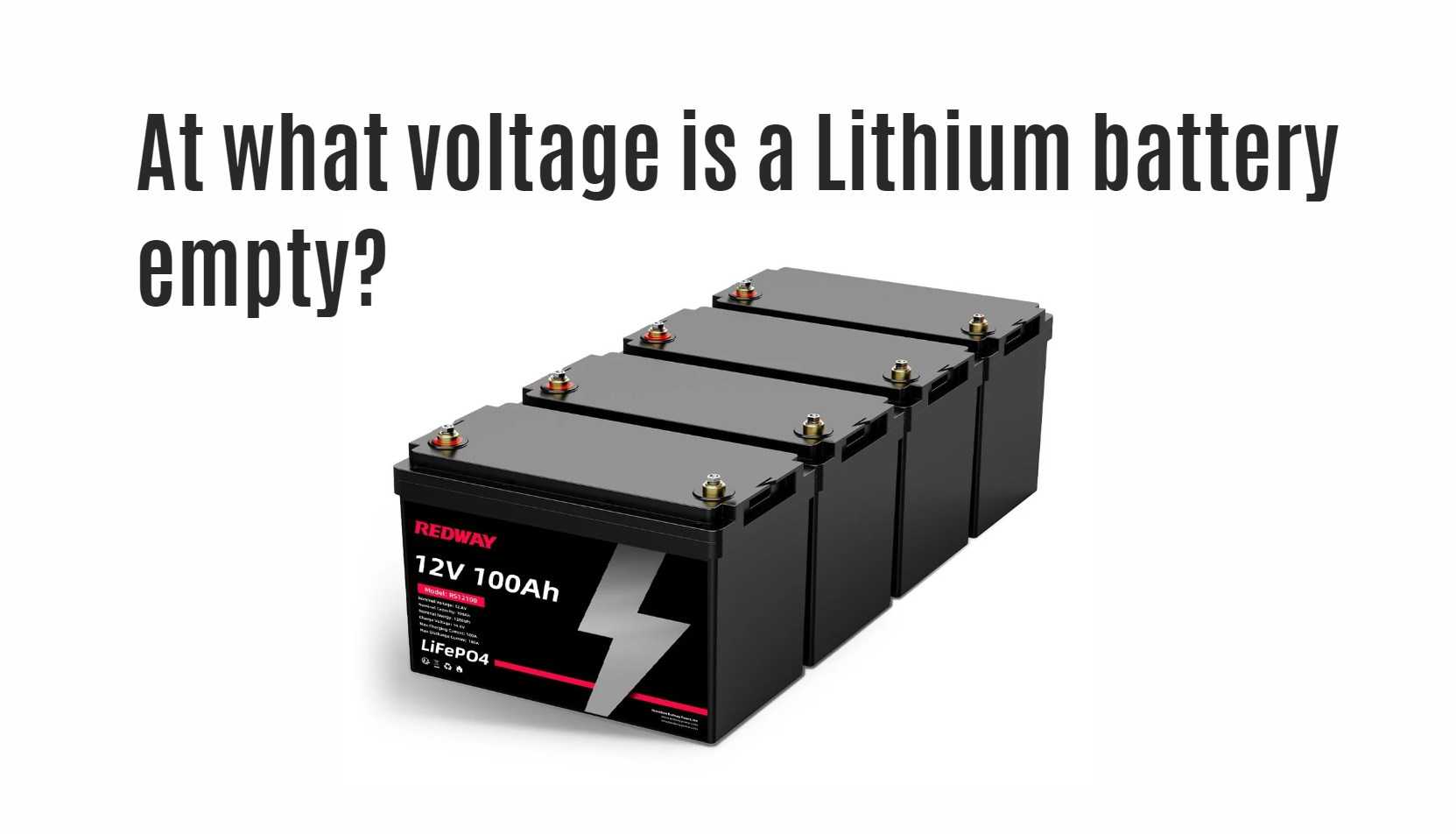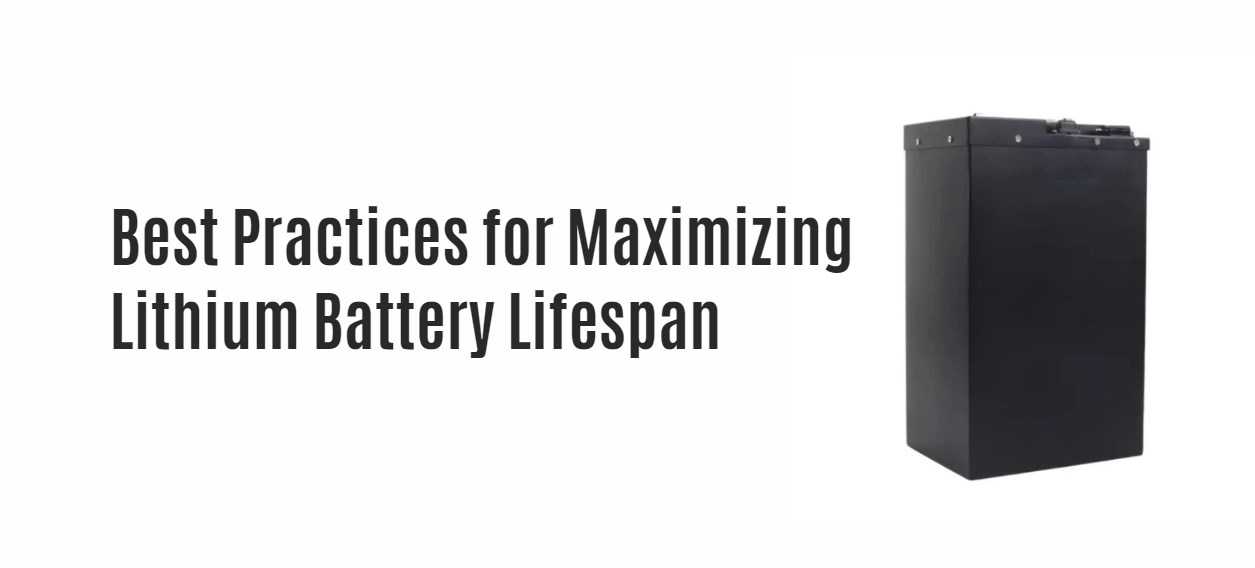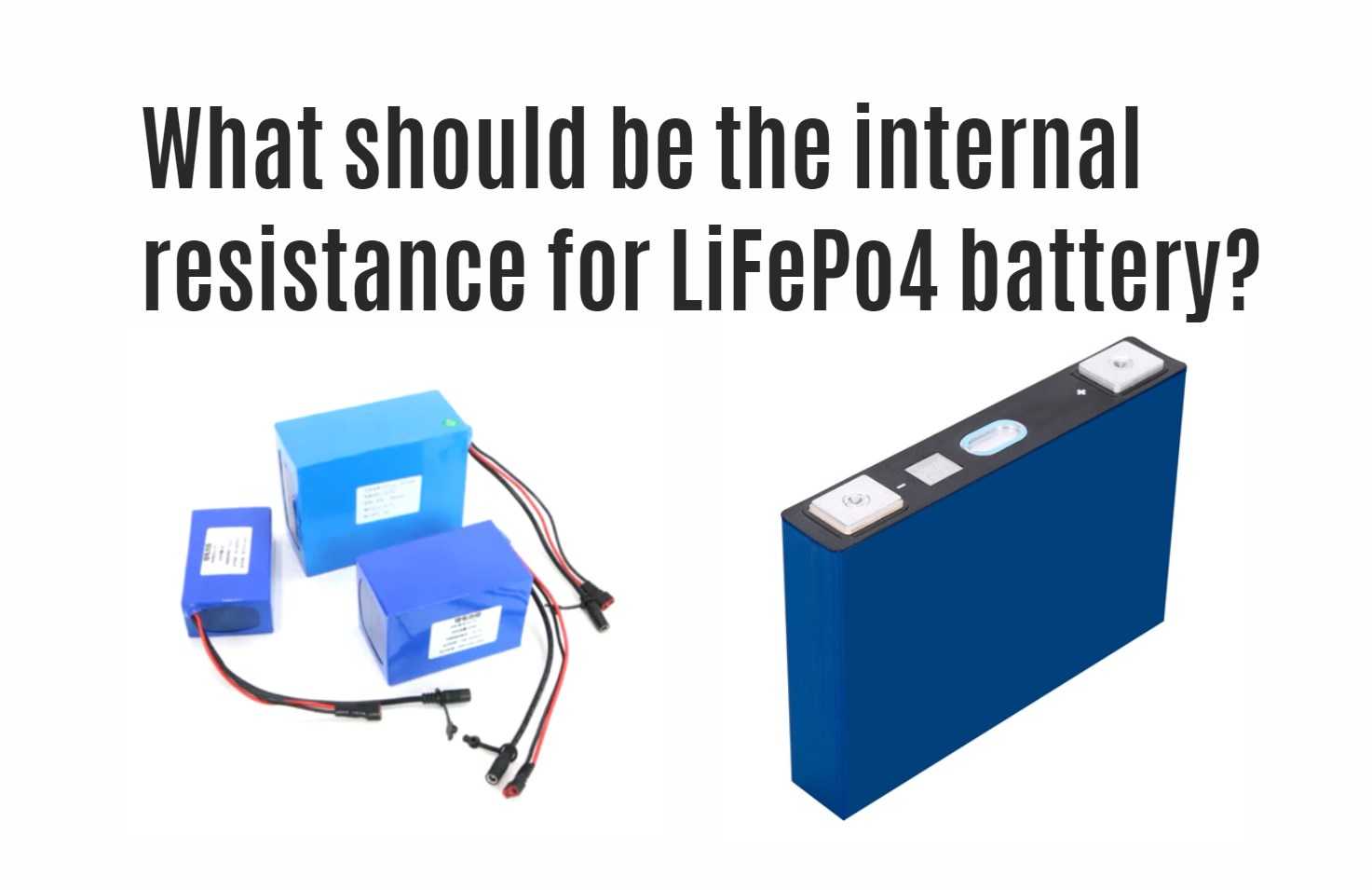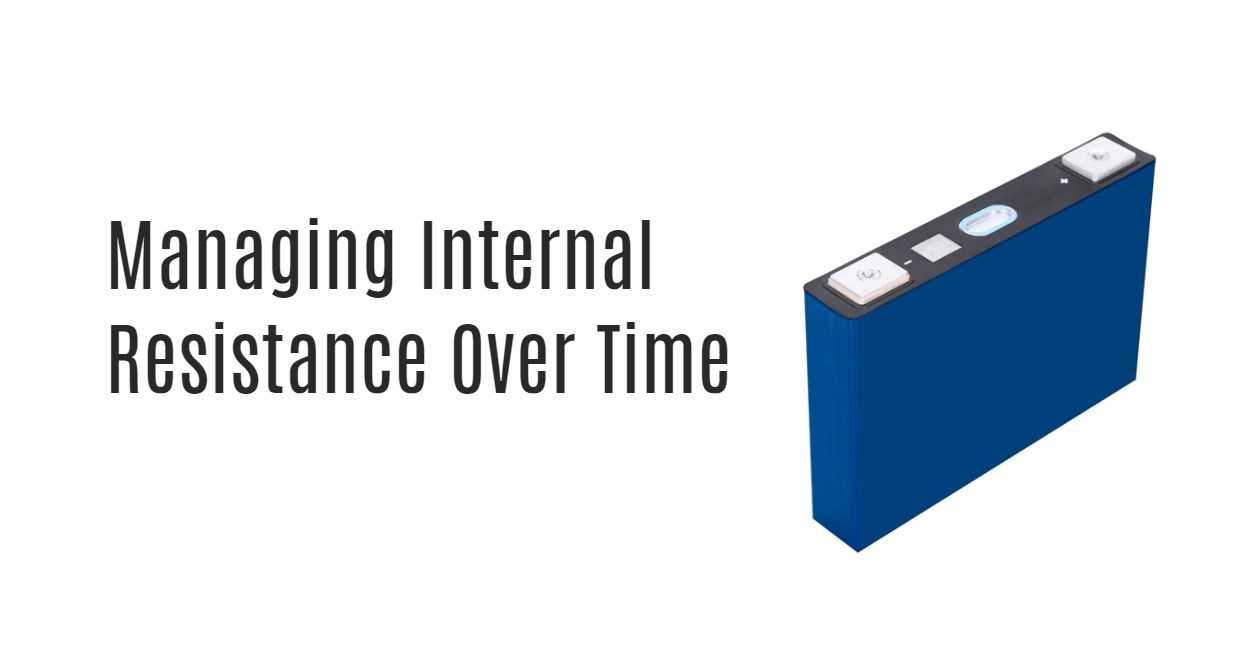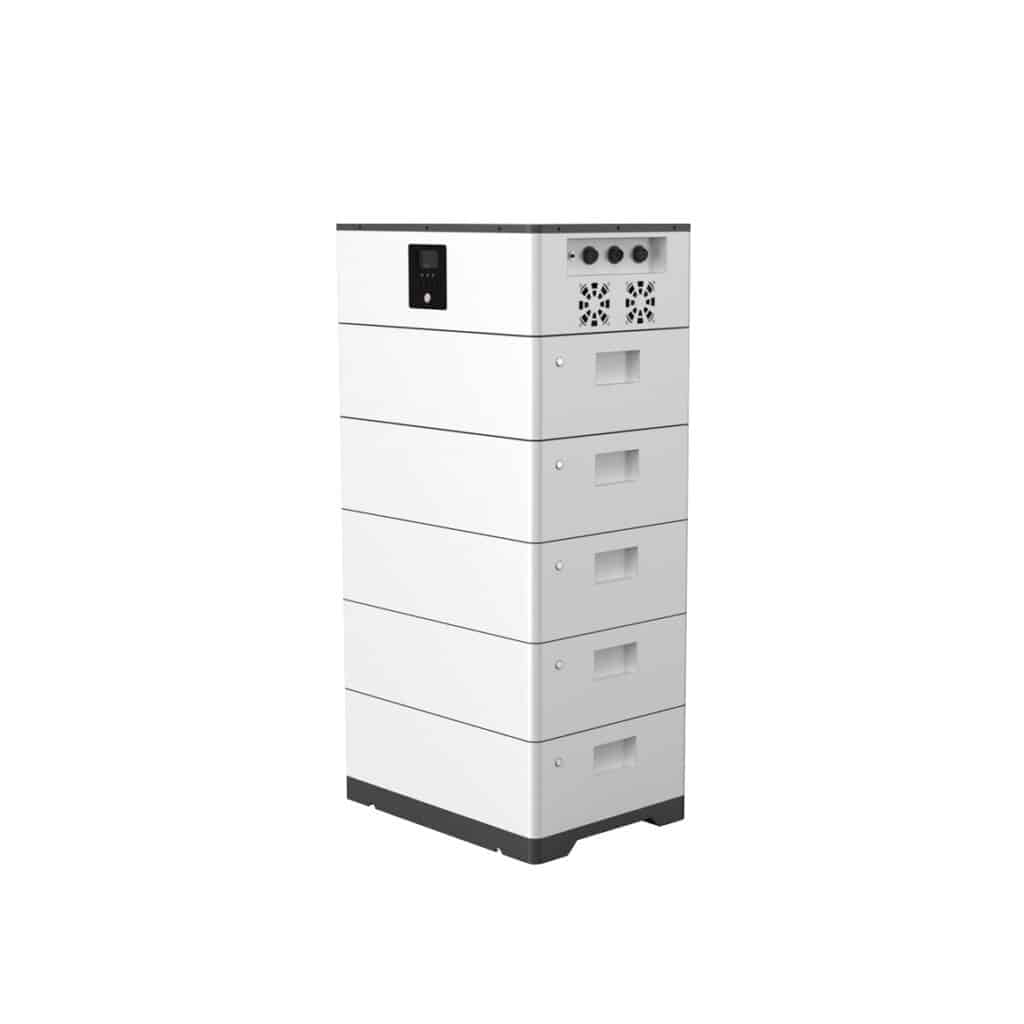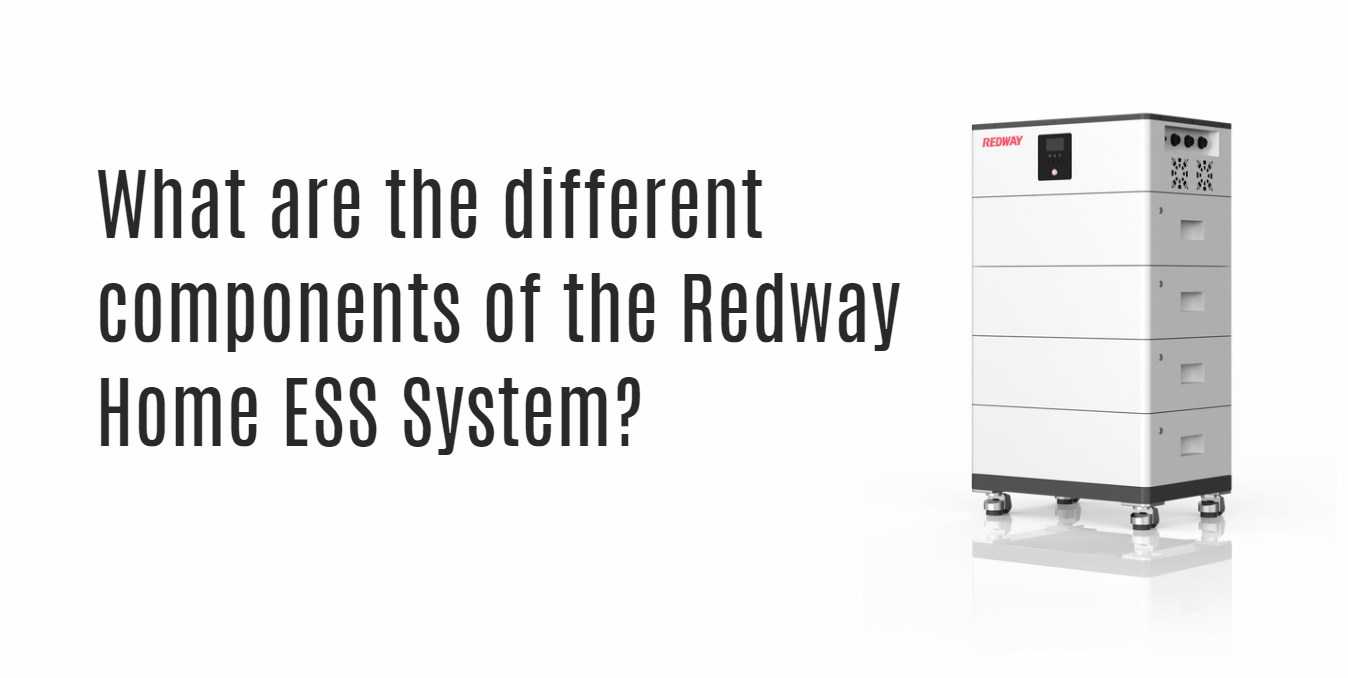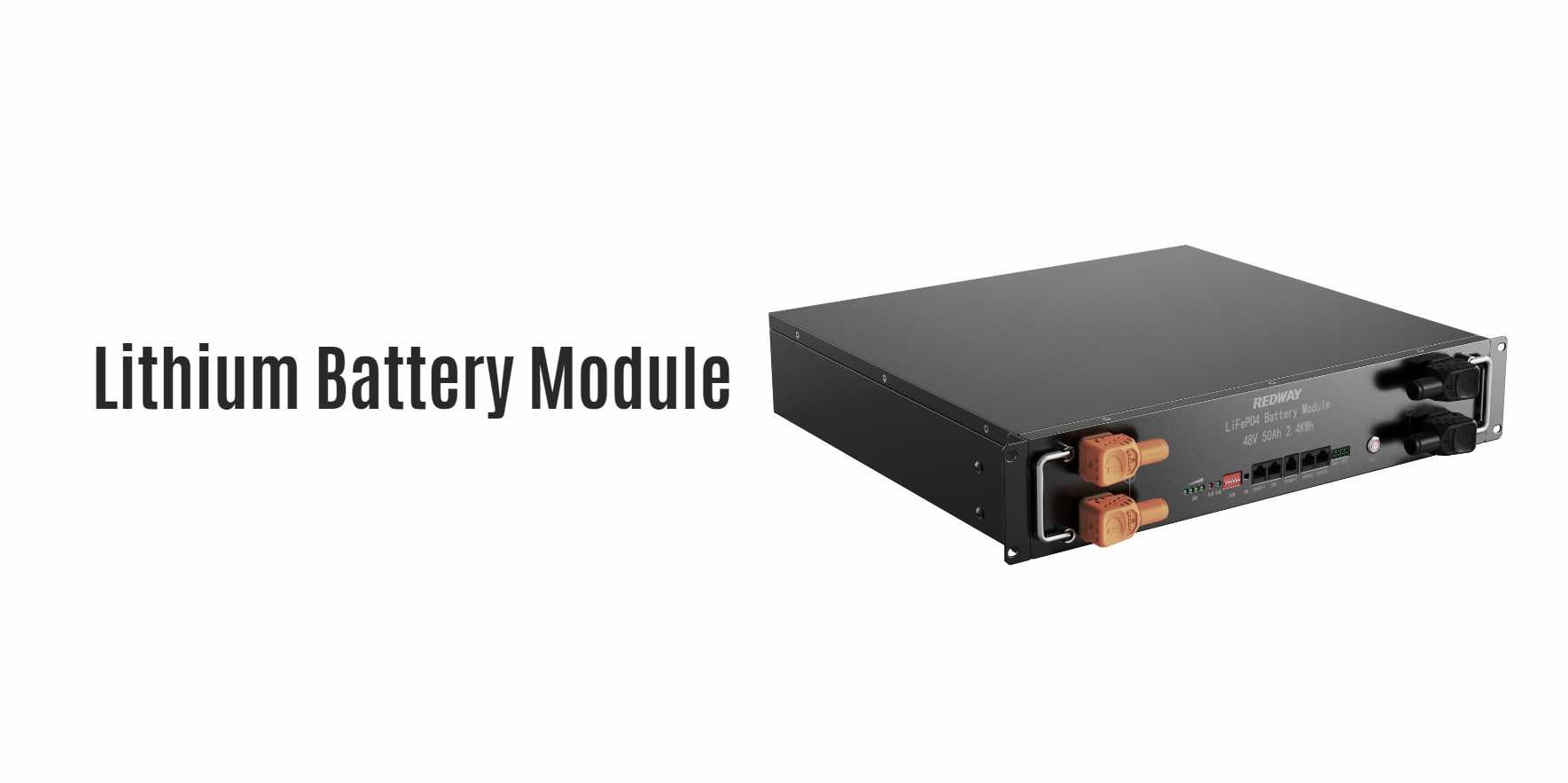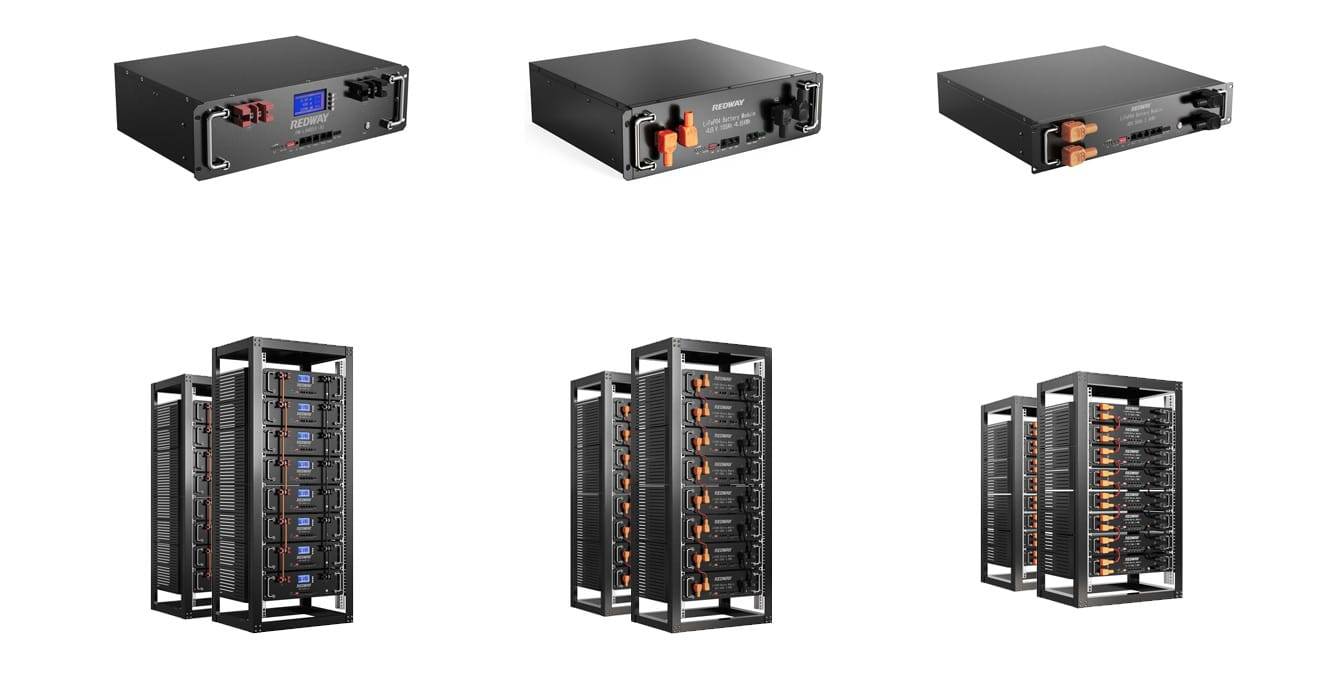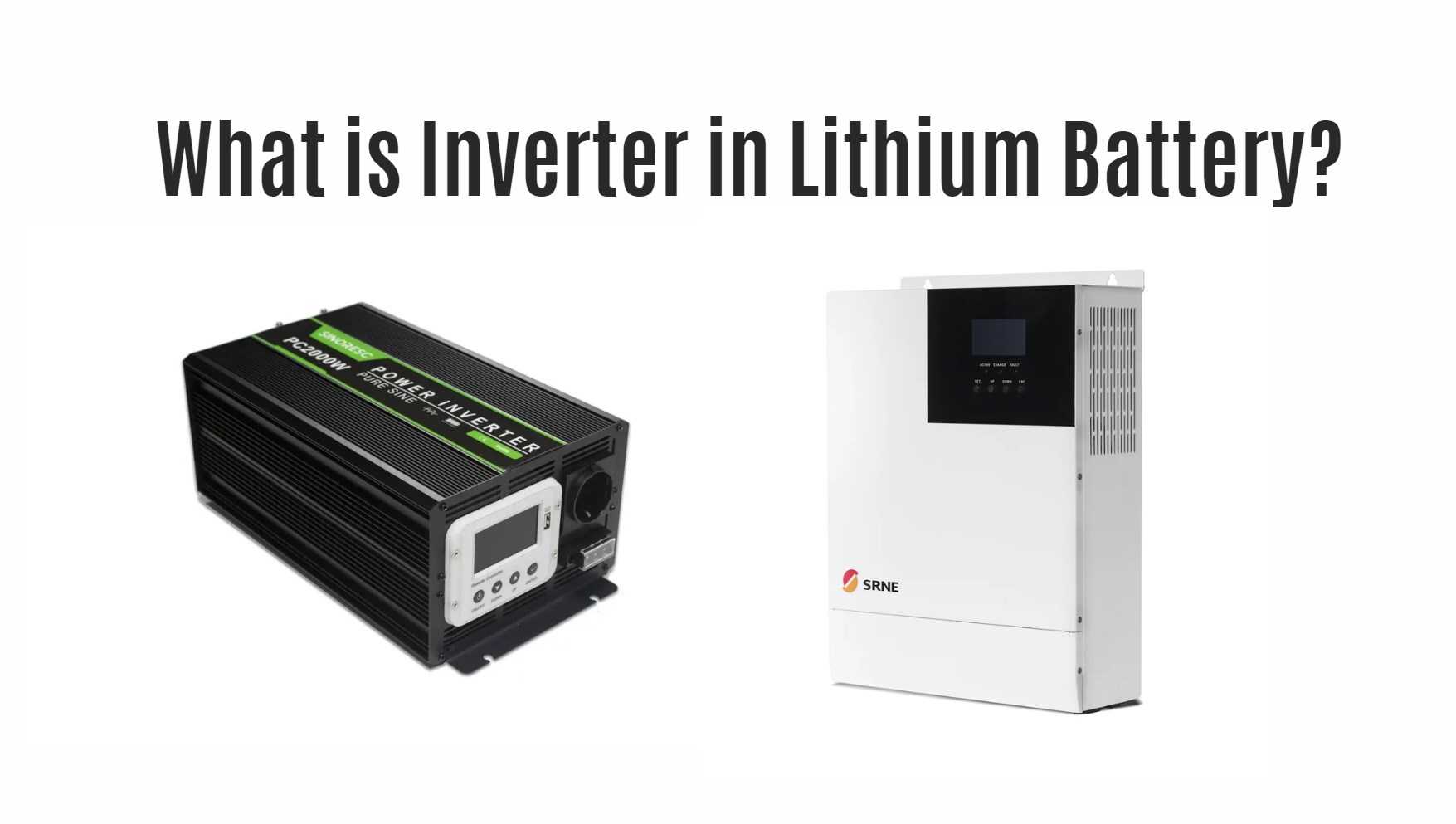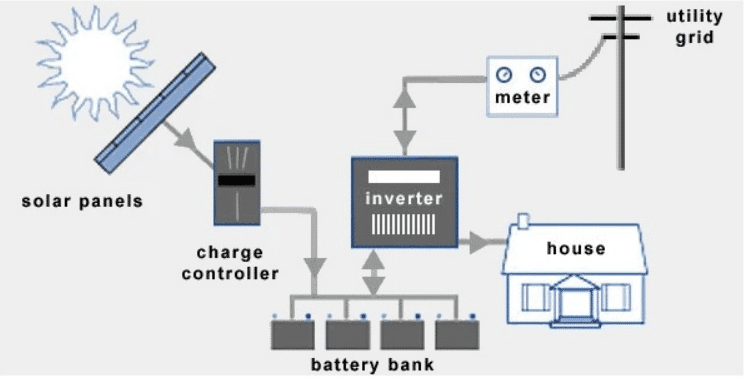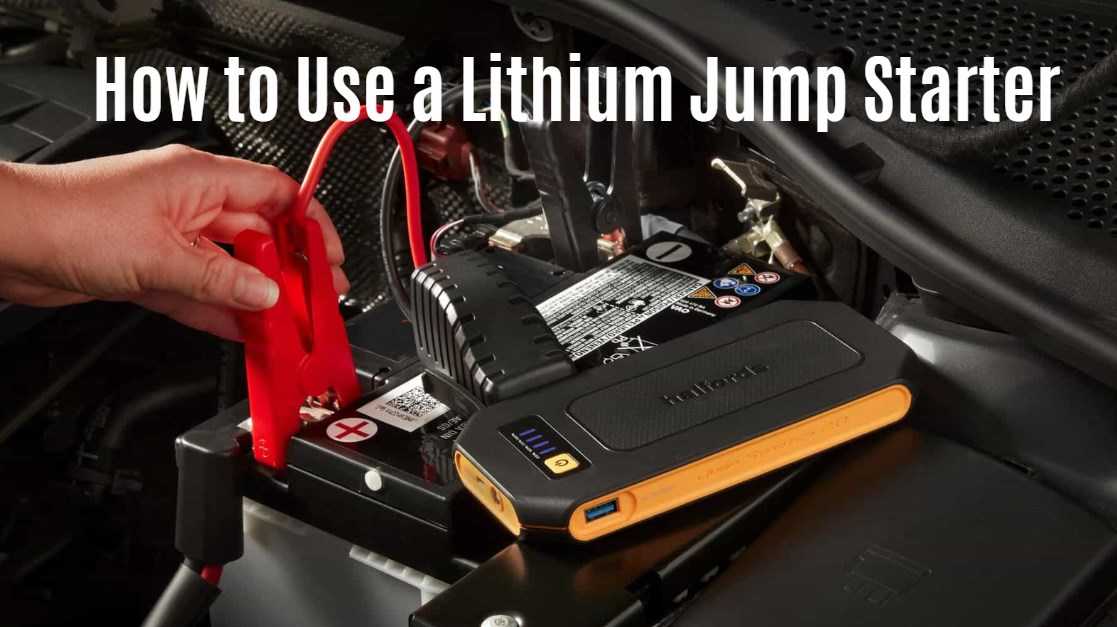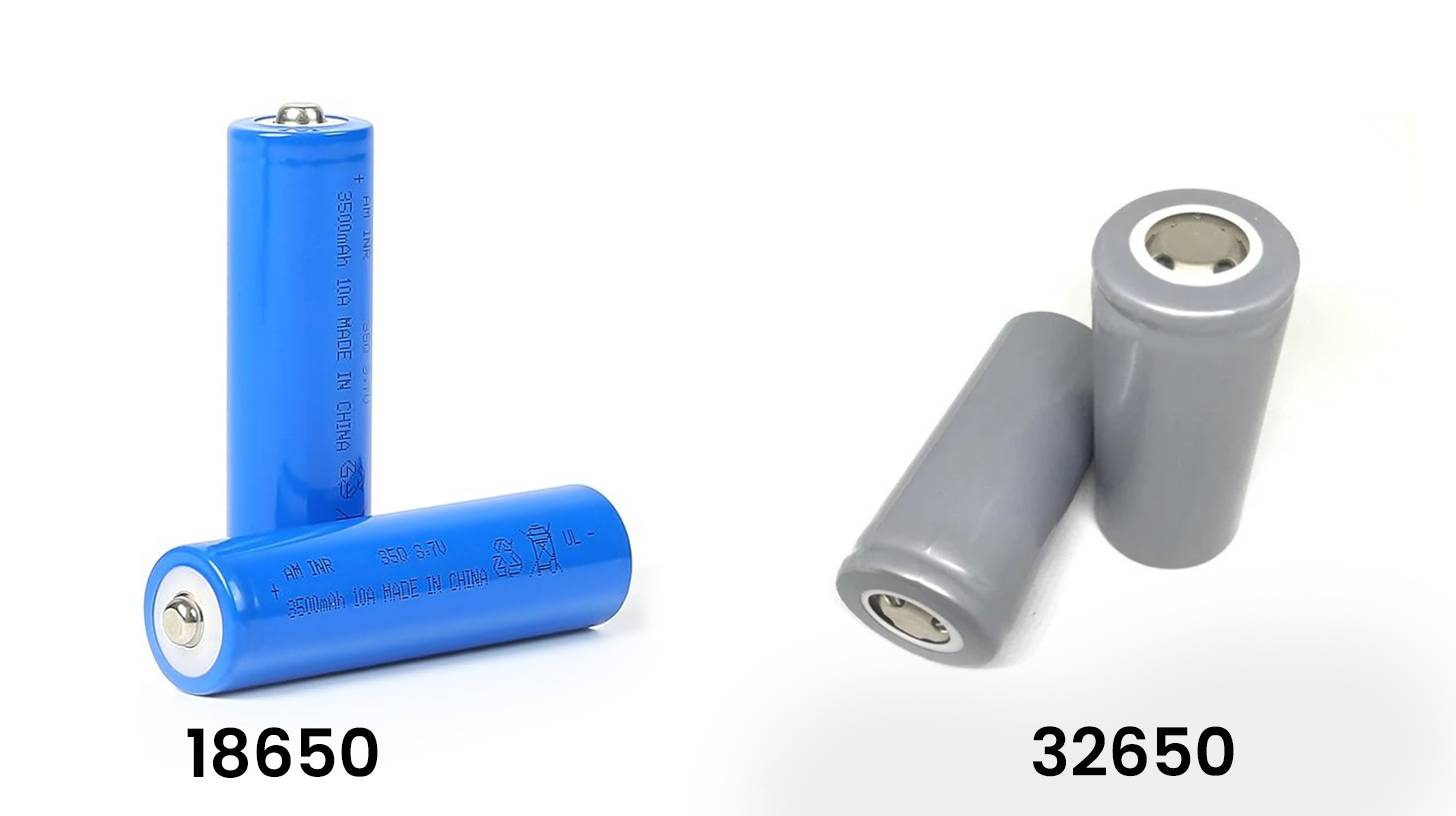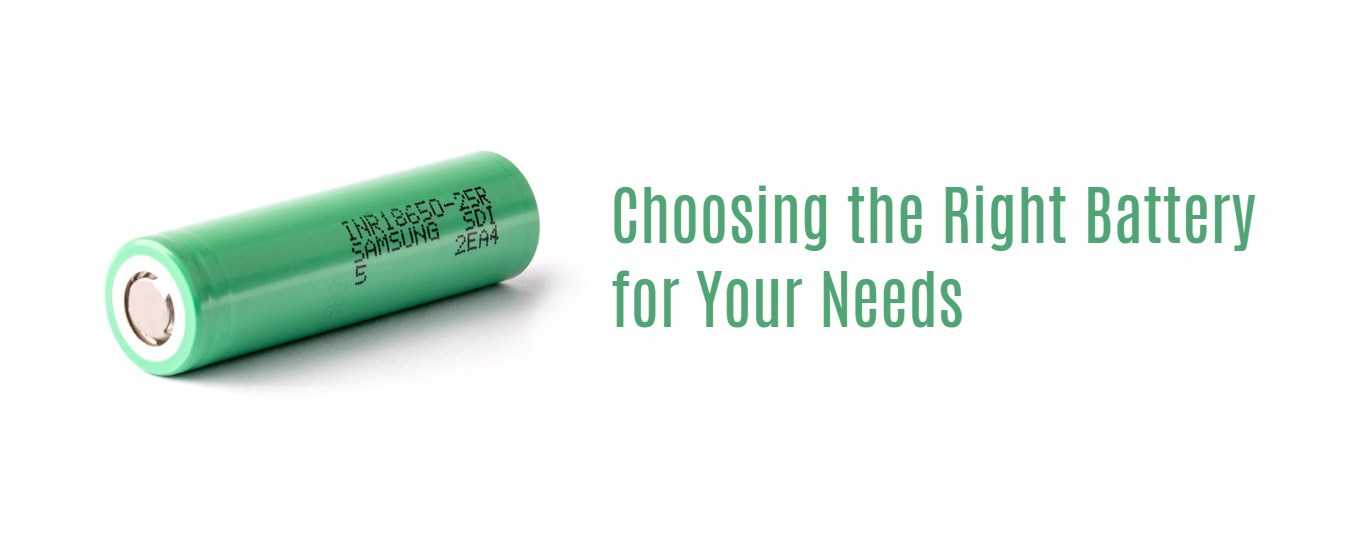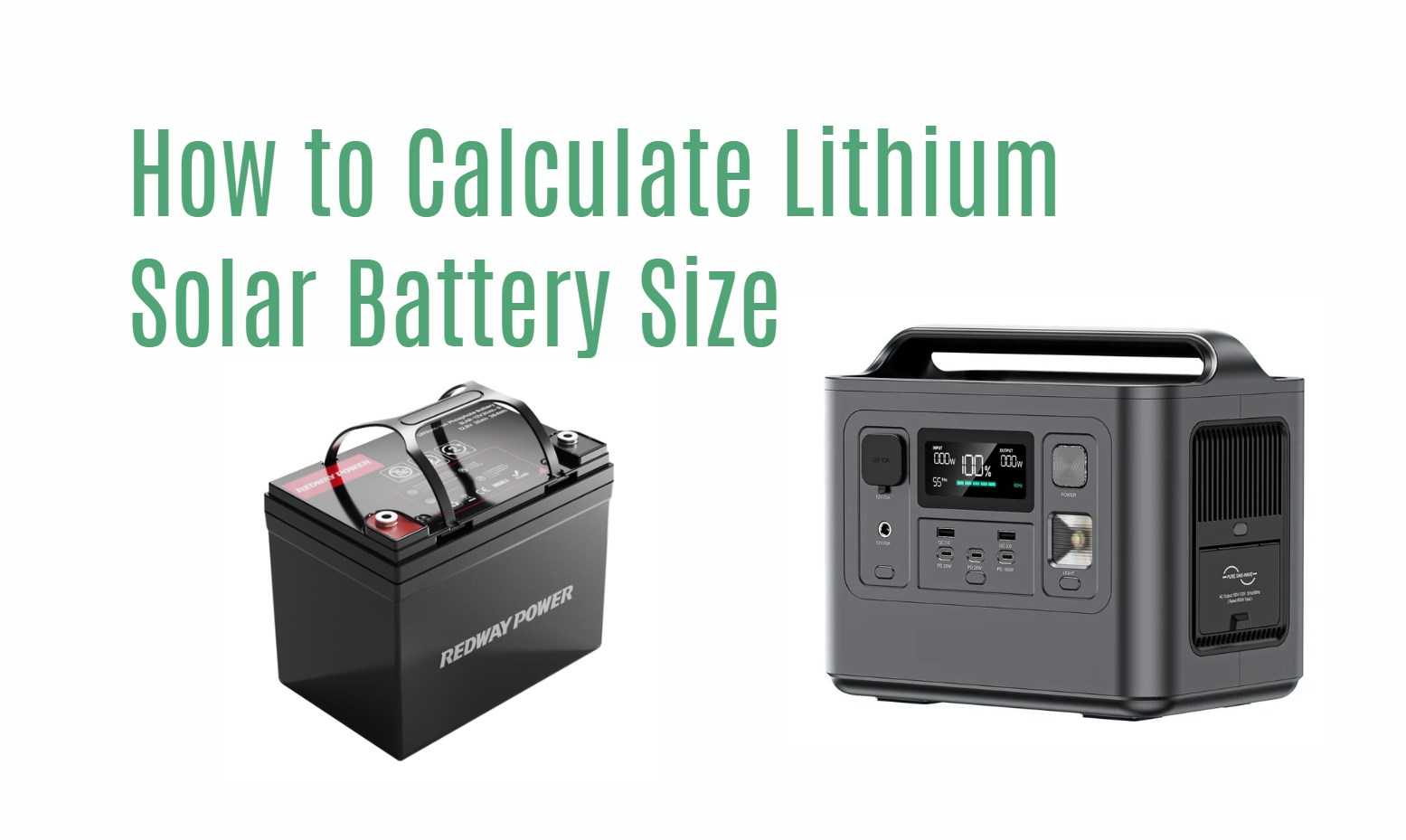When comparing the 4680 and 18650 lithium batteries, one significant difference is the charging time. The 4680 battery has a faster charging time compared to the 18650 battery, allowing it to charge up to 80% in just 15 minutes. In contrast, the 18650 battery takes around 45 minutes to reach the same level of charge. This faster charging time of the 4680 battery can be attributed to its larger size and improved design, making it a preferred choice for applications that require quick charging.
- Faster Charging Time: The 4680 battery offers a significant advantage with its faster charging capabilities. It can reach 80% charge in just 15 minutes, making it ideal for applications that require quick charging. This can be particularly beneficial in electric vehicles, where reduced charging times can enhance convenience and improve overall efficiency.
- Larger Size and Improved Design: The faster charging time of the 4680 battery can be attributed to its larger size and improved design. The 4680 battery has a larger form factor compared to the 18650 battery, allowing for more efficient heat dissipation and better overall performance. The improved design also enables higher charging currents without compromising safety.
- Application Considerations: When selecting between the 4680 and 18650 batteries, it’s important to consider the specific requirements of your application. If quick charging is a priority, the 4680 battery would be a suitable choice. However, it’s essential to evaluate other factors such as energy density, capacity, and cost to ensure the chosen battery meets the overall needs of the application.
4680 vs 18650 in Size and Shape
When comparing the 4680 and 18650
lithium batteries, one significant difference lies in their size and shape. The 4680 battery is larger, with a diameter of 46mm and a length of 80mm, while the 18650 battery has a diameter of 18mm and a length of 65mm. The larger size of the 4680 battery allows it to store more energy, making it ideal for applications that require high power output. The different dimensions of these batteries have implications for energy storage capacity and overall battery performance.
- Size and Shape Differences: The 4680 battery is significantly larger than the 18650 battery in terms of both diameter and length. This larger size allows the 4680 battery to accommodate more active material, resulting in higher energy storage capacity. On the other hand, the 18650 battery’s compact size makes it suitable for applications where space is limited.
- Energy Storage Capacity: The larger dimensions of the 4680 battery enable it to store more energy compared to the 18650 battery. This higher energy storage capacity makes the 4680 battery well-suited for applications that require high power output and longer operating times.
- Performance Considerations: The size and shape differences between the 4680 and 18650 batteries can impact their overall performance. The larger size of the 4680 battery allows for improved heat dissipation and better thermal management, which can contribute to enhanced performance and safety.
- Application-Specific Considerations: When choosing between the 4680 and 18650 batteries, it’s important to consider the specific requirements of your application. The larger size of the 4680 battery may be advantageous in applications such as electric vehicles, where high power output and longer operating times are crucial. On the other hand, the compact size of the 18650 battery may be more suitable for portable electronics or devices with limited space.
4680 Battery
The 4680 battery, named for its 46mm diameter and 80mm height, presents a larger cylindrical form factor. This increased size allows for greater capacity and higher power output, setting it apart from the smaller 18650 battery.
18650 Battery
The 18650 battery, with its dimensions of 18mm in diameter and 65mm in height, is more compact. While its smaller size is advantageous for applications with space constraints, it does offer less capacity and power output compared to the 4680.
4680 vs 18650 in Capacity and Performance
When
comparing the 4680 and 18650 lithium batteries, one significant difference lies in their capacity and performance. The 4680 battery typically has a capacity of 5,500mAh, while the 18650 battery has a capacity of 3,000mAh. This larger capacity of the 4680 battery allows it to store more energy, making it ideal for applications that require high power output, such as electric vehicles. The higher capacity and performance of the 4680 battery contribute to its suitability for demanding applications.
- Capacity Differences: The 4680 battery surpasses the 18650 battery in terms of capacity, typically reaching 5,500mAh compared to the 3,000mAh capacity of the 18650 battery. This larger capacity allows the 4680 battery to store more energy, providing an advantage in applications that require high power output and longer operating times.
- Performance Considerations: The higher capacity of the 4680 battery translates into improved performance. With its ability to store more energy, the 4680 battery can deliver higher power output, making it suitable for demanding applications such as electric vehicles and high-performance electronic devices.
- Application-Specific Benefits: The larger capacity and enhanced performance of the 4680 battery make it particularly well-suited for electric vehicles. The higher energy storage capacity enables longer driving ranges and increased power delivery, contributing to improved overall performance and efficiency.
- Future Technological Advancements: As battery technology continues to evolve, advancements in capacity and performance are expected. The 4680 battery represents a significant step forward in lithium battery technology, offering increased capacity and enhanced performance compared to the 18650 battery.
4680 Battery
The larger physical dimensions of the 4680 battery translate to a higher capacity, enabling longer battery life and increased power delivery. These attributes make it well-suited for demanding applications such as electric vehicles (EVs) and large-scale energy storage systems.
18650 Battery
Despite its smaller size, the 18650 battery provides adequate energy storage for a variety of applications, including laptops, power tools, and earlier models of electric vehicles. Its compact size has made it a popular choice in consumer electronics for its balance of size and performance.
4680 vs 18650 in Applications
When comparing the 4680 and 18650 lithium batteries, they find their applications in different areas. The 4680 battery is ideal for electric vehicles that require high power output and fast charging times. Its larger size and higher capacity make it well-suited for the energy demands of electric vehicles. On the other hand, the 18650 battery is suitable for smaller devices such as laptops and power tools, where compact size and moderate power requirements are important. Understanding the specific applications of these batteries helps in choosing the right option for different power needs.
- Electric Vehicle Powerhouse: The 4680 battery stands out as a powerhouse in the realm of electric vehicles. Its ability to deliver high power output and fast charging times makes it an ideal choice for electric vehicles that require efficient energy storage and quick recharge capabilities. The larger size and higher capacity of the 4680 battery enable it to meet the energy demands of electric vehicles, contributing to enhanced performance and extended driving ranges.
- Compact Device Companion: On the other hand, the 18650 battery finds its applications in smaller devices such as laptops and power tools. These devices prioritize compact size and moderate power requirements, making the 18650 battery a suitable choice. Its smaller form factor allows for seamless integration into portable electronics, providing reliable power for extended usage periods.
- Diverse Applications: Beyond electric vehicles and portable electronics, both the 4680 and 18650 batteries find applications in various industries. The 4680 battery’s high power output and energy storage capacity make it suitable for renewable energy storage systems and grid-level applications. The 18650 battery, with its versatility and established market presence, continues to be utilized in a wide range of devices, including flashlights, e-cigarettes, and medical devices.
4680 Battery
The 4680 cells are particularly well-suited for applications that require high performance. They are increasingly being adopted in the EV industry and for grid-scale energy storage solutions, where their superior capacity and power output are essential for meeting the stringent requirements of modern technologies.
18650 Battery
The 18650 battery has been a staple in portable electronics and earlier EV models. While the industry is gradually moving towards larger formats like the 4680, the 18650 continues to hold relevance in devices that require a compact energy solution.
4680 vs 18650 in Technological Advancements and Future Outlook
When examining the technological advancements and future outlook of the 4680 and 18650 lithium batteries, the 4680 battery stands out as a game-changer. Its greater capacity and power efficiency enable the use of fewer cells, resulting in more power in the same size pack compared to earlier cell configurations. With about 960 4680 cells filling the same space as 4,416 cells of the 2170 configuration, there is a significant increase in power output and a lower cost per kilowatt-hour. The technological advancements of the 4680 battery hold immense potential for electric vehicles and renewable energy storage, driving further innovation in these fields.
- Greater Capacity and Power Efficiency: The 4680 battery takes a giant leap in capacity and power efficiency compared to the 18650 battery. Its individual cells offer greater capacity, allowing for the use of fewer cells in a battery pack. This results in more power output and improved energy efficiency. With fewer cells, the 4680 battery configuration enables cost savings and enhanced overall performance.
- Future-Proofing Electric Vehicles: The technological advancements of the 4680 battery have significant implications for electric vehicles. The increased power output and energy density of the 4680 battery pave the way for longer driving ranges, faster charging times, and improved overall performance. As electric vehicles continue to gain popularity, the 4680 battery’s advancements contribute to the acceleration of the electric vehicle revolution.
- Renewable Energy Storage: The 4680 battery’s higher capacity and power efficiency also make it a promising solution for renewable energy storage. As the world seeks to transition to cleaner energy sources, efficient energy storage becomes crucial. The 4680 battery’s innovative design and improved energy density enable more efficient and cost-effective renewable energy storage solutions, facilitating the integration of renewable energy into the grid.
- Continuous Technological Advancements: The 4680 battery represents a significant milestone in battery technology, but the advancements are far from over. Ongoing research and development efforts aim to further enhance the performance, durability, and safety of lithium batteries. As technology continues to evolve, future iterations of lithium batteries, including the 4680, will likely see improvements in energy density, charging speed, and overall efficiency.
4680 Battery
Tesla’s introduction of the 4680 battery represents a significant advancement in battery technology. This new format promises improved energy density, better thermal management, and more efficient manufacturing processes. Ongoing innovations aim to further refine these features, solidifying the 4680’s role in next-generation electric vehicles and renewable energy projects.
18650 Battery
Although the 18650 battery has been in the market for a longer time, it is not standing still. Continuous improvements in its chemistry and manufacturing techniques are enhancing performance metrics such as energy density and cycle life, ensuring that the 18650 remains competitive in a range of specialized applications.
Conclusion
The decision between 4680 and 18650 batteries depends on the specific requirements of the application at hand. The 4680 offers superior capacity and performance, making it ideal for high-power applications and cutting-edge technologies. On the other hand, the 18650, with its compact size and proven reliability, is still a practical option for devices where space is at a premium. As battery technology continues to progress, both the 4680 and 18650 batteries will play unique and important roles in addressing the diverse energy needs of the world.
